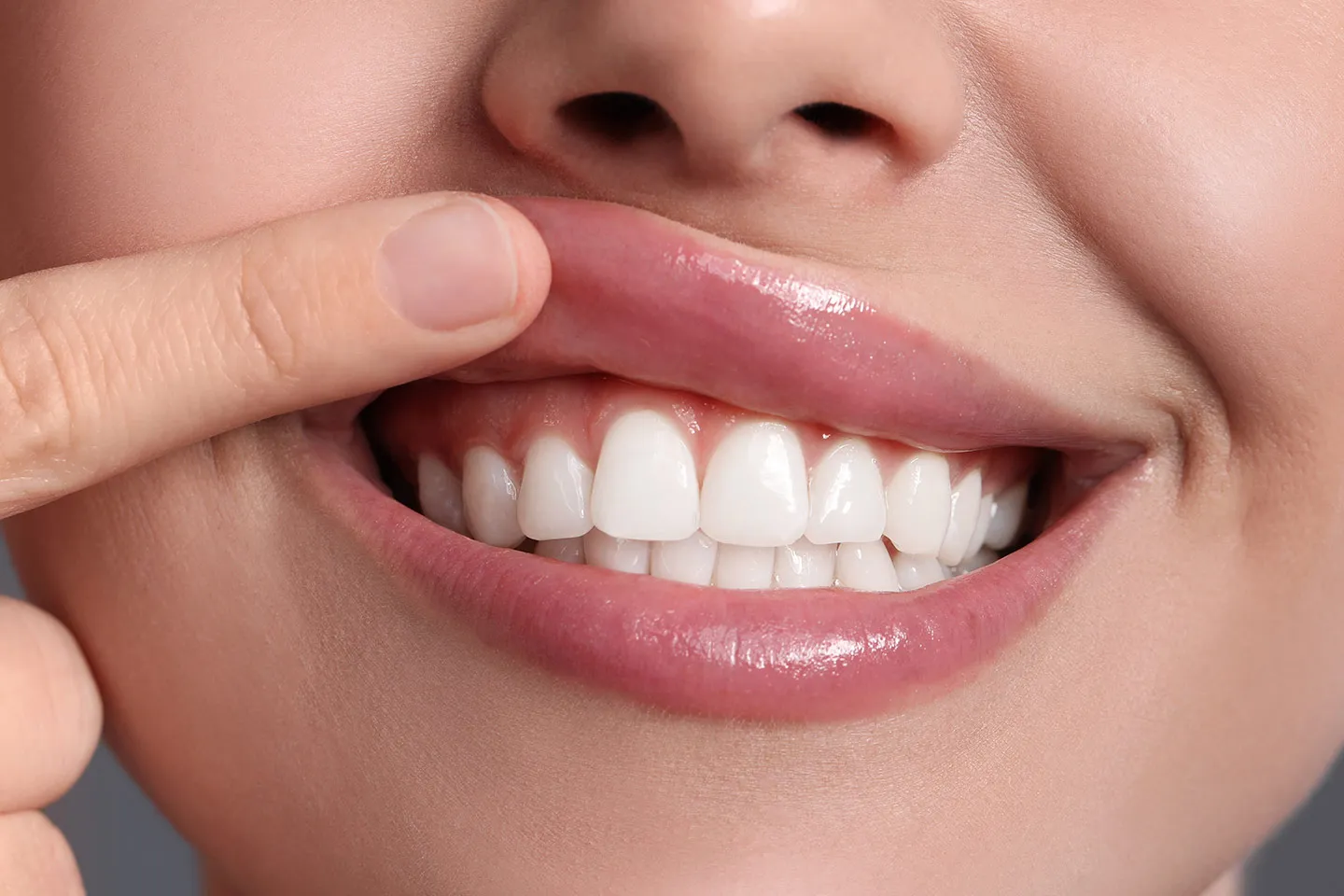Periodontal Disease

Welcome to Gen Z Dentistry's comprehensive guide on periodontal disease! As leading dental professionals serving the Glendale, NY community, we prioritize educating our patients about the importance of oral health and its impact on overall well-being. In this blog post, we'll delve deep into what periodontal disease is, its causes, symptoms, potential complications, and, most importantly, how to prevent it.
What is Periodontal Disease?
Periodontal disease, derived from the term "around the tooth," is a condition that affects the gums and the supporting bone structure of the teeth. It begins with the accumulation of plaque, a sticky film consisting of food debris, bacteria, and saliva. If not properly removed through regular brushing and flossing, plaque can harden into calculus, also known as tartar. The presence of plaque and calculus leads to inflammation and subsequent destruction of the gums and bone.
Prevalence and Hidden Nature
Despite its prevalence, periodontal disease often goes undetected, with four out of five individuals unaware of their condition. The early stages of the disease are typically painless, contributing to its hidden nature. At Gen Z Dentistry, we emphasize the importance of routine dental check-ups to detect and address periodontal issues before they progress.
Links to Systemic Diseases
Research indicates a potential link between periodontal disease and various systemic conditions, including stroke, bacterial pneumonia, diabetes, cardiovascular disease, and complications during pregnancy. Scientists are exploring how the inflammation and bacteria associated with periodontal disease may influence these conditions. Additionally, smoking exacerbates the risk of developing periodontal disease, highlighting the importance of tobacco cessation efforts.
Signs and Symptoms
Recognizing the signs and symptoms of periodontal disease is crucial for early intervention. These include:
Bleeding Gums:
Bleeding gums, especially during gentle brushing or flossing, serve as an early warning sign of gum inflammation, known as gingivitis. When plaque and tartar accumulate along the gum line, they irritate the delicate gum tissue, causing it to become inflamed and prone to bleeding. Addressing this symptom promptly with improved oral hygiene practices and professional dental cleanings can prevent gingivitis from progressing to more severe forms of periodontal disease.
Loose Teeth:
As periodontal disease advances, the supporting bone structure around the teeth begins to deteriorate. This bone loss compromises the stability of the teeth, leading to increased mobility or looseness. Weakened periodontal fibers, which anchor the teeth to the bone, contribute to this phenomenon. Without intervention, loose teeth can eventually result in tooth loss, highlighting the urgency of seeking treatment to preserve dental function and aesthetics.
New Spacing Between Teeth:
Bone loss associated with periodontal disease can also manifest as noticeable gaps or spaces between teeth. As the underlying bone recedes, the teeth may shift or drift out of alignment, creating new spaces where none previously existed. This spacing not only affects the appearance of the smile but also compromises dental stability and occlusal function. Addressing bone loss through periodontal therapy can help prevent further spacing and restore optimal dental alignment.
Persistent Bad Breath:
Halitosis, or persistent bad breath, is a common complaint among individuals with periodontal disease. Oral bacteria thrive in the pockets formed between the gums and teeth, where they produce foul-smelling byproducts. These bacteria release volatile sulfur compounds, contributing to malodorous breath that persists despite regular oral hygiene practices. Treating the underlying periodontal infection and maintaining excellent oral hygiene is essential for combating bad breath and promoting oral freshness.
Pus around the Teeth and Gums:
The presence of pus, a thick, yellowish fluid, around the teeth and gums indicates the presence of an active infection. Pus formation is a hallmark sign of advanced periodontal disease, indicating the accumulation of inflammatory exudate within periodontal pockets. Left untreated, this infection can spread, leading to further tissue destruction and bone loss. Professional dental care, including deep cleaning and antibiotic therapy, is necessary to eliminate infection and promote periodontal healing.
Receding Gums:
Receding gums, or gingival recession, occur when the gum tissue pulls away from the teeth, exposing the underlying tooth roots. This recession can result from various factors, including periodontal disease, aggressive brushing, genetic predisposition, and anatomical considerations. Exposed tooth roots not only detract from the smile's aesthetics but also increase sensitivity to temperature changes and acidic foods. Periodontal treatments such as gum grafting can restore lost gum tissue and protect the tooth roots from further exposure.
Redness and Swelling of the Gums:
Inflamed gums often appear red, swollen, and tender to the touch, signaling an immune response to bacterial invasion. This inflammation, known as gingivitis, is the body's natural defense mechanism against oral pathogens. However, chronic inflammation can exacerbate tissue damage and contribute to the progression of periodontal disease. Reducing inflammation through professional cleanings improved oral hygiene, and anti-inflammatory therapies is essential for preserving gum health and preventing disease advancement.
Tenderness or Discomfort:
Individuals with periodontal disease may experience tenderness or discomfort in the gums, particularly while chewing, brushing, or flossing. This discomfort stems from the irritation of inflamed gum tissue by plaque, tartar, and oral bacteria. Left untreated, gum irritation can progress to more severe pain and sensitivity, impacting the individual's ability to maintain proper oral hygiene practices. Addressing periodontal inflammation through gentle cleaning techniques and professional periodontal therapy can alleviate discomfort and restore oral comfort.
In cases where periodontal disease has already developed, treatment options may include scaling and root planing (deep cleaning), antibiotics, and surgical interventions to restore gum and bone health. Our team at Gen Z Dentistry is committed to providing personalized treatment plans tailored to each patient's needs, ensuring optimal oral health outcomes.
Periodontal disease poses significant risks to both oral and overall health, yet its early stages often go unnoticed. By understanding the causes, symptoms, and preventive measures associated with periodontal disease, individuals can take proactive steps to safeguard their oral health and well-being. At Gen Z Dentistry in Glendale, NY, we're dedicated to empowering our patients with the knowledge and resources they need to achieve lifelong dental wellness. Schedule your appointment today to embark on a journey towards a healthier smile!


)
)

